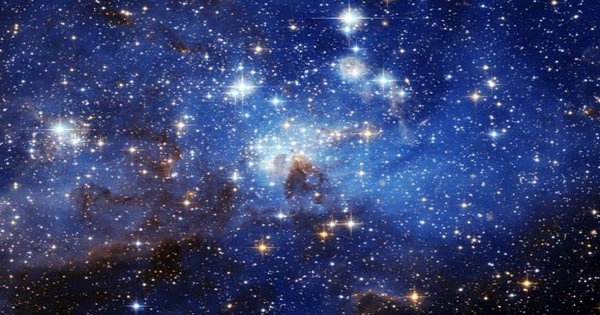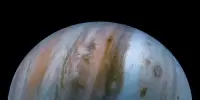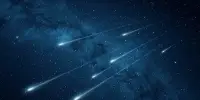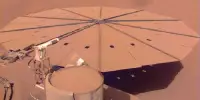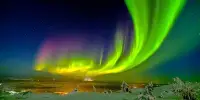The Big Bang Theory has been “disproved,” according to a recent essay that has been making the rounds online. There is only one minor problem, though: that assertion is complete rubbish.
More than any other telescope before it, JWST can observe the early universe. But according to the report, which is simply headlined “The Big Bang didn’t happen,” JWST’s photographs have “caused fear among cosmologists” since they defy the Big Bang idea.
One paper’s title, “Panic!,” is a direct exclamation, according to the article. As noted by astrophysicist Dr. Becky Smethurst in a video posted on Twitter, clicking on the paper’s website reveals that the authors were pulling a Panic! At The Disco reference in their Panic! First Rest-frame Optical Observations of Galaxy Structure at the Disks.
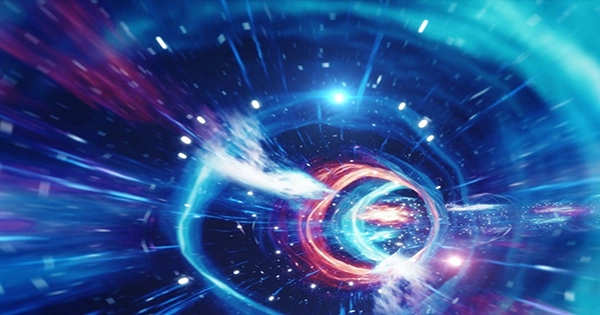
Another astronomer, Allison Kirkpatrick from the University of Kansas, is quoted by the article’s author, Eric Lerner, as saying: “Right now I find myself lying up at three in the morning wondering whether everything I’ve done is wrong.” She actually did say it. In a Nature article, scientists expressed their awe at what they had seen from the first JWST photographs, not as evidence that they were in a panic, as Lerner purposefully inferred.
Kirkpatrick, who later changed her Twitter handle to “Allison the Big Bang occurred Kirkpatrick,” appears to be able to find humor in the situation. She tweeted, “A friend told me about this piece, and now I can’t stop getting emails praising me for my courage in admitting the Big Bang is incorrect.
One new piece of information from the JWST that Kirkpatrick had been discussing was that galaxies have disks far earlier than we had anticipated. The Big Bang hypothesis, which Kirkpatrick was not referring to, is in no way overhauled notwithstanding the possibility that theories on galaxy formation will need to be adjusted.
As a matter of fact, according to Kirkpatrick, JWST images “confirm the Big Bang idea because they show us that early galaxies were different from the galaxies we see today – they were considerably smaller!”
Lerner seems to imply that stars have been discovered that are older than the Big Bang theory would permit in one section of the article and that since the JWST can observe the color of distant galaxies, the red color of distant galaxies suggests that they contain very old stars.
The farthest galaxies in the JWST photos are viewed as were only 400–500 million years after the beginning of the universe, according to the Big Bang theory, Lerner said. “However, some of the galaxies have already demonstrated star populations that are more than a billion years old. The fact that these galaxies exist proves that the Big Bang did not happen because nothing could have been before it.”
First, because redshift results from the universe’s expansion, as Dr. Brian Keating notes, “we have to first make sure that the calibration between redshift and distance is calibrated.”
Second, believe us when we say that if stars had been discovered that were even possibly older than the universe, you would not be hearing about it through a single man’s blog alone (remember when scientists mistakenly discovered that neutrinos were moving faster than light even though that was clearly not going to be the case?) We are science communicators whose job is to amplify cool science. For background, it should be noted that the JWST may have discovered a galaxy between 420 and 180 million years after the Big Bang, which was widely publicized as a major discovery because it is!
The research Lerner mentions at most implies that we may need to modify our models of galaxy formation in order to explain why disks arose so suddenly. We do not yet have to abandon our best theory of how the universe came to be.
